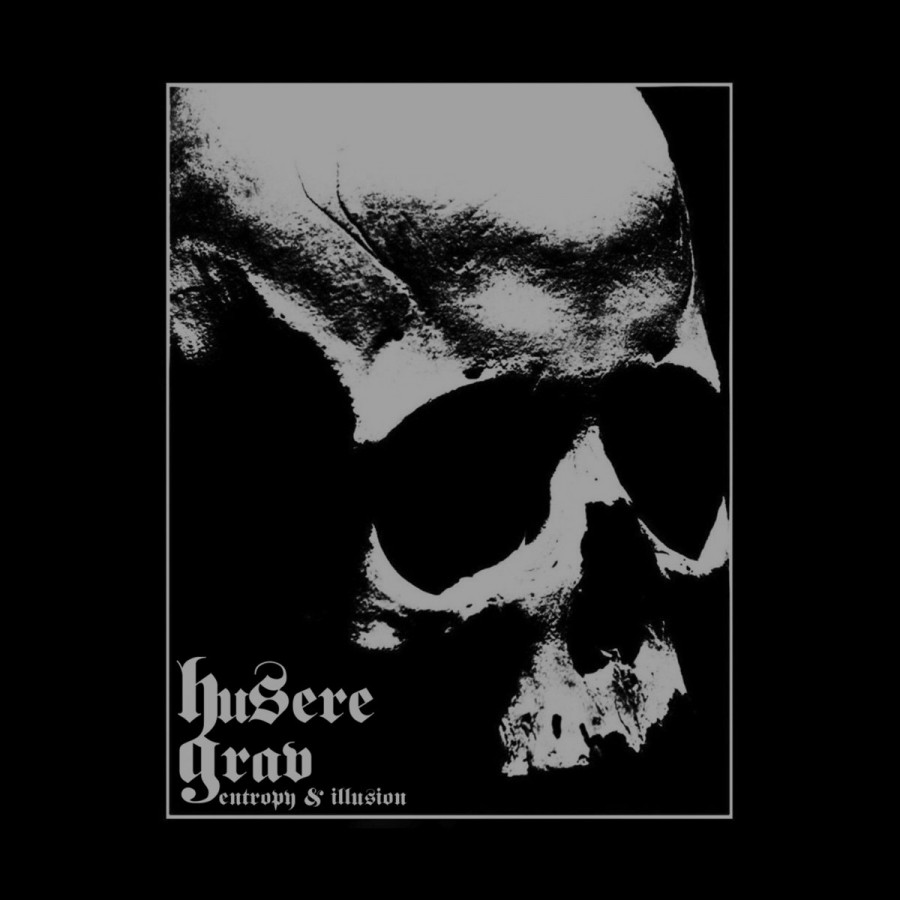Artist: Polterngeist
Album title: Levels of Perception
Release date: 24 April 2017
Label: Self-released
Tracklist:
01. Into Another Reality
02. Eclipse
03. Call of Darkness
04. Integration Disorder
05. Behind Me Satan
06. Hope
07. Double Direction
08. Cyclodol
09. Crisis Point
10. When The Thread Breaks
Polterngeist is the side-project of Pavel Malyshkin, best known as Ugasanie. Hailing from Belarus, Pavel has created over the years a sound which is uniquely recognizable. His work as Ugasanie focuses on frozen landscapes and the supernatural occurrences which present themselves within these barren lands. A recurring theme throughout much of his work is the effects that these supernatural occurrences have on the mind. Sometimes this takes the form of some malign deity consuming one’s soul, and sending them rushing into the elements, forfeiting their lives in the process. While at other times, it tells the narrative of northern shamans, purposefully communicating with these deities, bringing themselves in contact with the netherworld.
Levels of Perception is the third release as Polterngeist. The focus of this project always contains a great deal of field recordings, twisted and manipulated beyond recognition. In fact, the name of this recent album, Levels of Perception, is a very fitting cue to this process. On some tracks what we hear is clearly understood. The origins of the field recordings are recognizable immediately. Laughing children, gusts of wind, spoken poetry. Yet at other times the perception of the sounds becomes subliminal, almost impossible to decipher. Polterngeist manipulates the sounds over and over, producing a final product which is thick with atmosphere, haunting in emotion, and yet hard to pin down, beyond the levels of perception that our human minds can process.
All three albums under the moniker of Polterngeist have been overwhelmingly disturbing in nature, they haunt the subconscious. Giving rise to fears, without fully comprehending their origins. Levels of Perception takes this template to a new level. The work presented here is, to me, the most direct and pronounced example of the Polterngeist style to date. Malyshkin seems to have fully realized his format for this project and doubled down on its trademarks.
The album starts off with a definite darkness. Thick black ambient atmospheres draw us into the void. Overwhelming washes of bass-driven drones from field recording samples grip the listener. As the album progresses this phenomenon only increases. By midway we are given a true dose of horror on “Integration Disorder” a child’s voice plays in reverse, delivering some twisted tale of gnomes. The following track “Behind Me Satan” drives us even further into the darkness. The overall theme seems to be of some demonic entity, possibly Satan himself, overtaking this child, or even a whole community. The thick windy elements are always present, placing this scenario in the depths of dark winter, in the far north.
There were a lot of vocal samples used here. Not knowing Russian, I requested that Malyshkin give a rough translation of these elements, if they are to increase the understanding of the project. Pavel was kind enough to produce this transcript for us English speakers, so I will share some sections of that document here, to help listeners further understand, and better engulf themselves in the story.
“Double Direction” takes on a sort of scientific study. There is a man speaking fragments of information over a ghastly dark backdrop, these thick atmospheres supplemented with the screams and cries of some unfortunate person. The following is a transcript of some of these fragments:
… recombination or redecorating within one organism is almost unlimited …
… but here too many difficult explanations have appeared: for example, the hand with the transplanted fingers from the foot sometimes starts to act quite differently, as if the fingers carry the inherent stamina of the legs …
… the original design of the metal joint implied the possibility of elongation of the limb …
… however, the overall coordination of the movement became inexplicable …
… as a result, to change the functions of an organ, it is sufficient to transplant only the marking part of the other …
… but very often the hand suddenly stopped working even within the limits of its normal capabilities. Some kind of natural protection worked …
… the main part of the work was determined: it is an opportunity to influence the control of the brain …
… the finger was sorted out and from the natural components was collected already depending on the task …
… cadaveric blood can function in the human body …
… operations of this kind are not designed to use general anesthesia …
… in the ongoing studies, it was often necessary to reach a certain point, sometimes simply open the channel for permanent operation, either for a single exposure, or for implanting a sensor or microgenerator …
… everything is built on the strictest fixation of points inside a special rigid metal structure …
… if the slightest deviation occurs … a protective obstacle to external fluctuations … death removes this protection …
… if a living person transfuses cadaveric blood, it will not be different, but unlike a natural person, he is not protected from the effects of the swinging frequencies, which in case of occurrence make him a biological robot …
… getting from one corpse to three liters of blood …
… blood must be produced no later than six hours after death …
“When the Thread Breaks”, the final track of the album contains another excerpt of a man speaking in Russian. The sounds here are again hauntingly dark, yet a bit more reserved this time in delivery. The drones are hollow, metallic. We seem to be more in an introspective mental state this time, than in a barren landscape. The man speaks a poem, which goes as follows:
When the Thread Breaks – an excerpt from the poem by A. Vvedensky
I’m not familiar with time,
I see him on whom?
How do you feel about your time?
It is a fiction, it is ideal.
Was there a day? Was.
It was night? Was.
I did not forget anything.
You see the four corners?
Were there corners? Were.
Are there corners? Tell me it’s not, devil.
Day is night in the soap.
All your time is a rope.
It stretches, stretches.
And cut, on hands remains.
Hopefully these transcripts will help listeners to find a greater understanding of the album. Each person will take away from this what they please, full analysis is left up to the individual, with a guiding hand from myself and these transcripts. If you find Ugasanie to be a compelling listen, I urge listeners to engage in this trilogy of releases under the Polterngeist moniker. Malyshkin is one of the best in the genre at building atmospheres steeped in occult phenomena. Levels of Perception is a worthy companion to its predecessors. If one is not too fearful, the journey through these albums will be a rewarding experience.
Written by: Michael Barnett
Like this:
Like Loading...


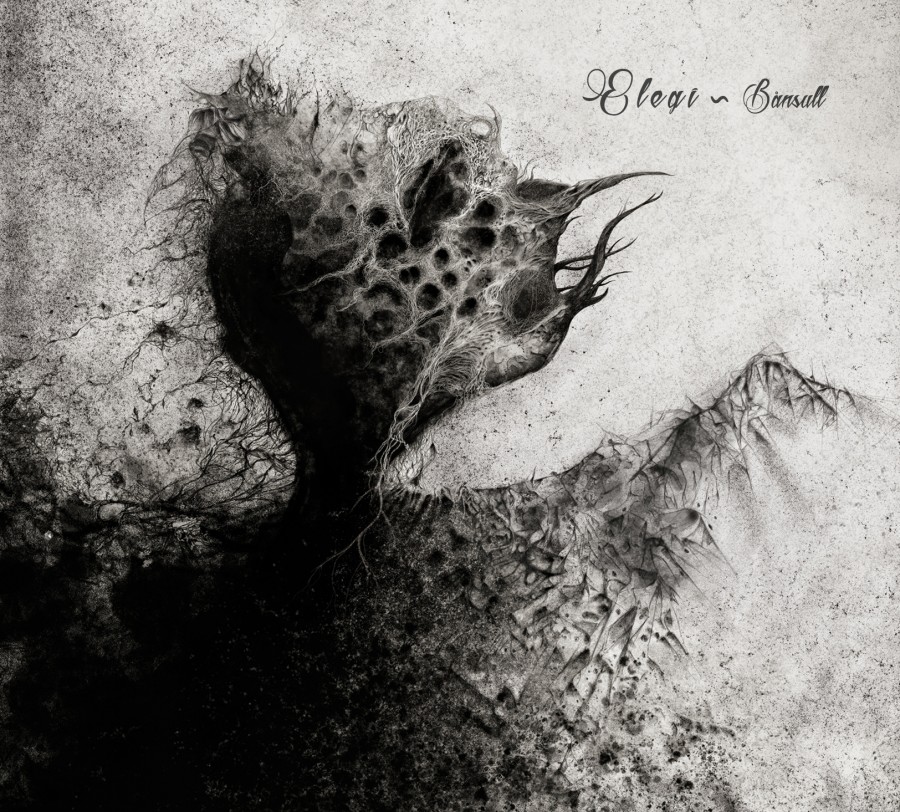
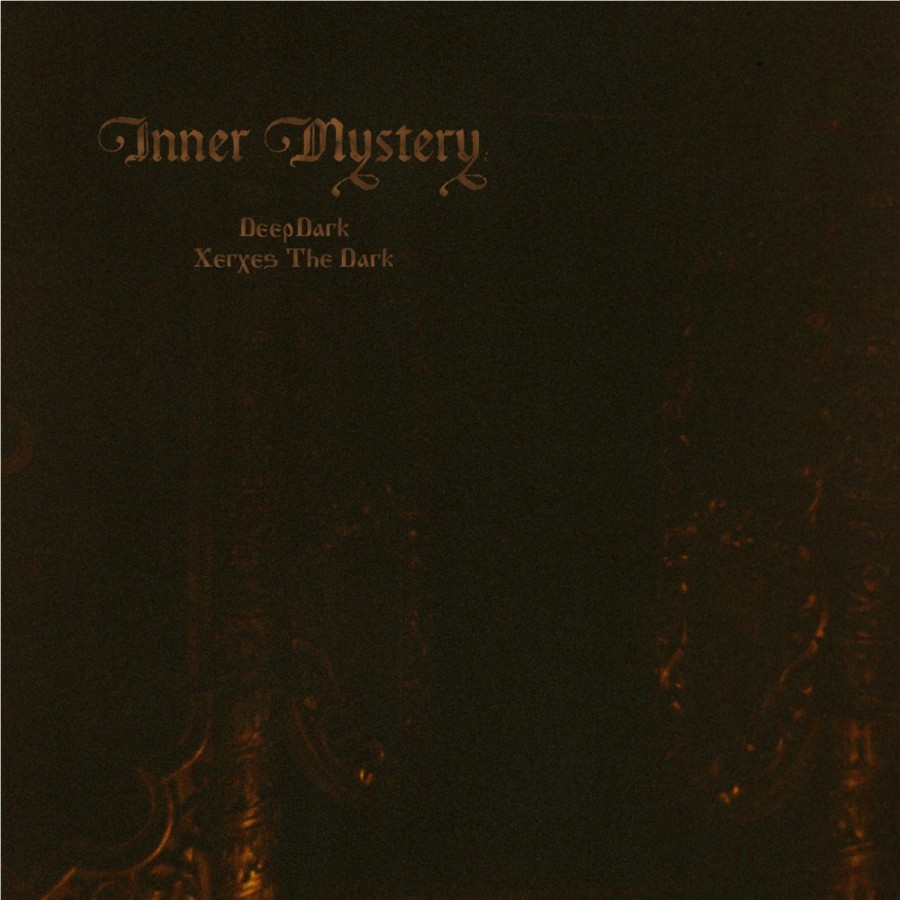
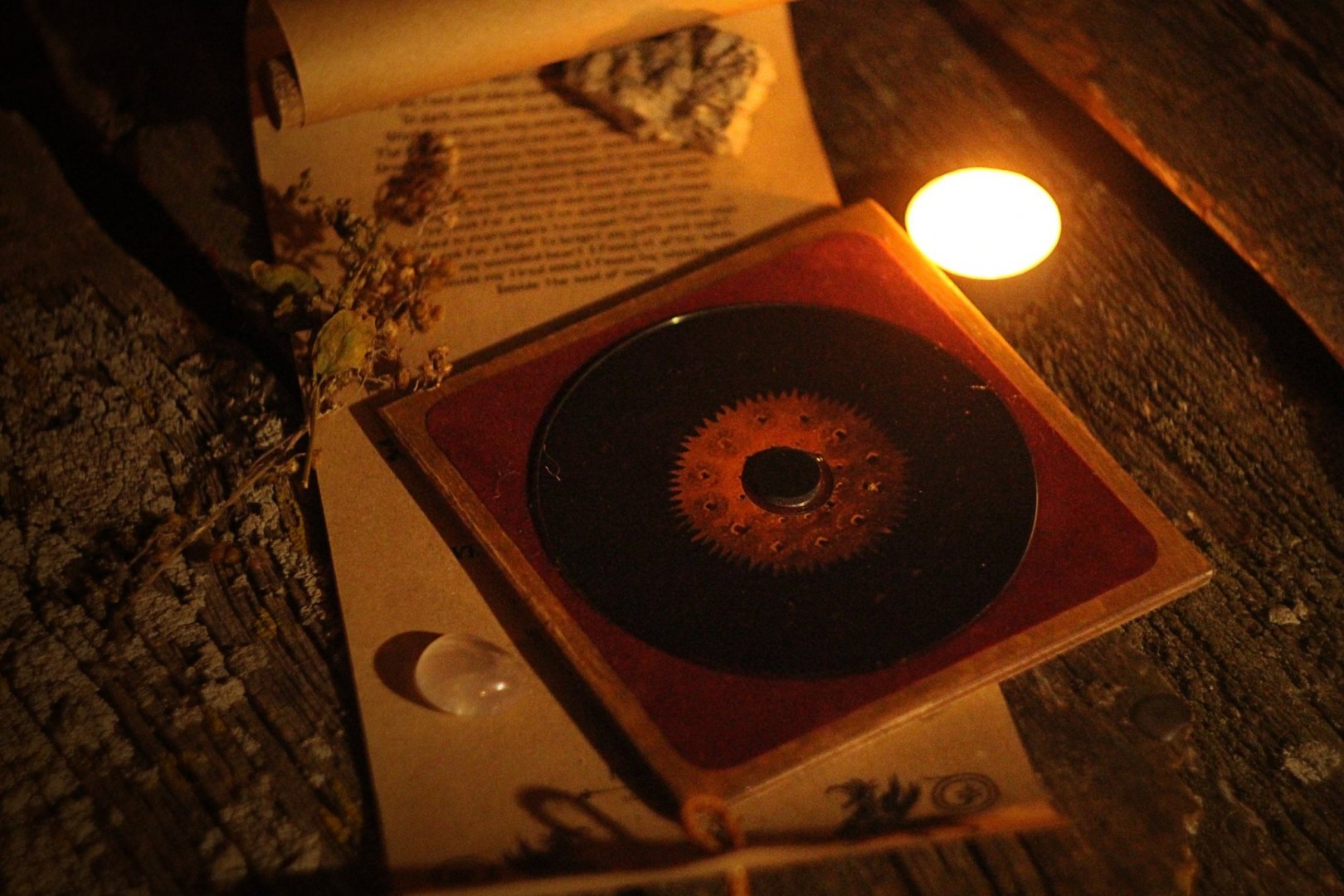
 The first half of the album comes from DeepDark. Here we can expect to hear a brilliant display of rumbling dronework complemented by field recordings. There is a primal nature to these tracks. A dark nature which terrifies listeners from the shadows, never emerging to show its true face. The opener, “Alone”, is probably my favorite work yet by DeepDark. There are many nods to the genre’s ancestry here. The cathedralic chanting vocals are reminiscent of early raison d’etre, while the simplistic and repetitive piano section screams of Burzum in his heyday. This is topped off with field recordings of a thunderstorm which brings the whole thing together into a beautifully dark and sinister force.
The first half of the album comes from DeepDark. Here we can expect to hear a brilliant display of rumbling dronework complemented by field recordings. There is a primal nature to these tracks. A dark nature which terrifies listeners from the shadows, never emerging to show its true face. The opener, “Alone”, is probably my favorite work yet by DeepDark. There are many nods to the genre’s ancestry here. The cathedralic chanting vocals are reminiscent of early raison d’etre, while the simplistic and repetitive piano section screams of Burzum in his heyday. This is topped off with field recordings of a thunderstorm which brings the whole thing together into a beautifully dark and sinister force. Moving into the second half of the album, Xerxes The Dark provides listeners with a more industrial leaning set of sounds. The thematic elements still hold true for both halves of the album, but XTD takes on a more hollowed synthetic sound. As if we are wandering through the remnants of a dilapidated factory, which still holds the energy of sinister deeds long forgotten. On the track “Transmute of Mind” XTD is looking to evoke a strong and direct reaction from listeners. The track is brooding and bellowing yet keeps a conservative sense of restraint on the overall soundscapes. A third of the way through this eleven minute track a wall of harsh white noise violates the senses of the listener. This is the dark ambient equivalent of a horror film jump-scare if I’ve ever encountered one! The first time I heard it, I frankly had no idea what to make of it. I was looking around the room to figure out what had happened to elicit such a cacophony of noise. On the numerous proceeding playthroughs I continued to jump at this moment, but definitely appreciated the concept for the reaction it drew.
Moving into the second half of the album, Xerxes The Dark provides listeners with a more industrial leaning set of sounds. The thematic elements still hold true for both halves of the album, but XTD takes on a more hollowed synthetic sound. As if we are wandering through the remnants of a dilapidated factory, which still holds the energy of sinister deeds long forgotten. On the track “Transmute of Mind” XTD is looking to evoke a strong and direct reaction from listeners. The track is brooding and bellowing yet keeps a conservative sense of restraint on the overall soundscapes. A third of the way through this eleven minute track a wall of harsh white noise violates the senses of the listener. This is the dark ambient equivalent of a horror film jump-scare if I’ve ever encountered one! The first time I heard it, I frankly had no idea what to make of it. I was looking around the room to figure out what had happened to elicit such a cacophony of noise. On the numerous proceeding playthroughs I continued to jump at this moment, but definitely appreciated the concept for the reaction it drew.
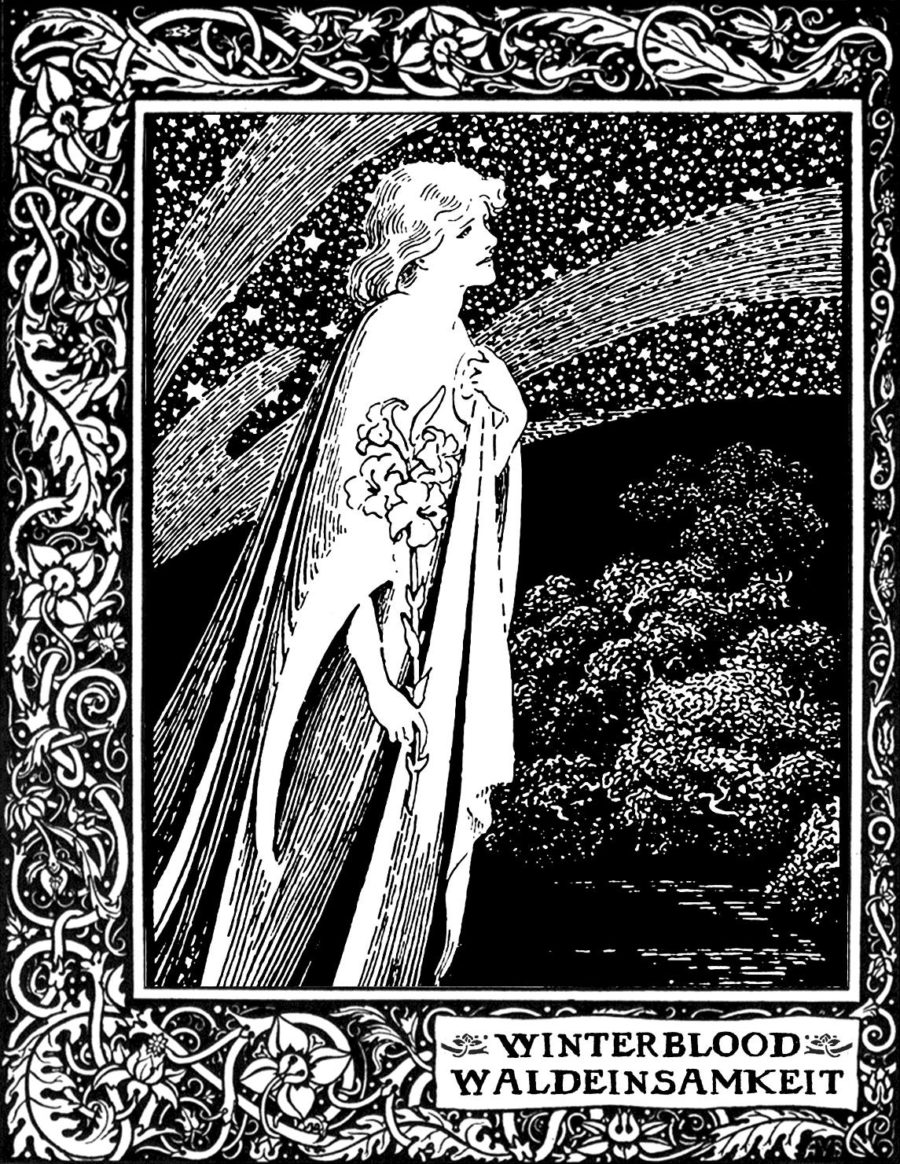
 Where Winterblood truly captures my interest is in the way he seems to effortlessly meander between dark ambient and that ever growing, often notorious, genre of dungeon synth. Winterblood takes on a minimalistic approach to his music. Most often incorporating little more than a layer or two of synthesizer. This stripped-down approach helps promote those feelings of isolation in the cold. In the past he has also incorporated field recordings, bringing that biting winter wind right into the mix.
Where Winterblood truly captures my interest is in the way he seems to effortlessly meander between dark ambient and that ever growing, often notorious, genre of dungeon synth. Winterblood takes on a minimalistic approach to his music. Most often incorporating little more than a layer or two of synthesizer. This stripped-down approach helps promote those feelings of isolation in the cold. In the past he has also incorporated field recordings, bringing that biting winter wind right into the mix.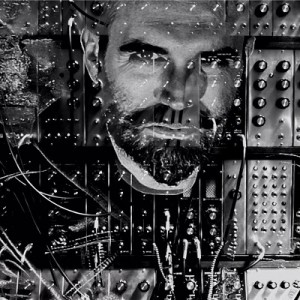 As the album moves into its second half, “II”, Winterblood adds a bit more complexity to the work. A continuation of “I”, we still hear that underlying foundation of a single deep note, the same crystalline notes layered on top. But, the dynamics of these elements are increased here on this second half. The bass has a bit more fluctuation, the lead synth ups its pace. While still holding us in that cold winter trance, the second half of the album has just enough of a shift to renew the listener’s attention and interest, just when that renewal may be most needed.
As the album moves into its second half, “II”, Winterblood adds a bit more complexity to the work. A continuation of “I”, we still hear that underlying foundation of a single deep note, the same crystalline notes layered on top. But, the dynamics of these elements are increased here on this second half. The bass has a bit more fluctuation, the lead synth ups its pace. While still holding us in that cold winter trance, the second half of the album has just enough of a shift to renew the listener’s attention and interest, just when that renewal may be most needed.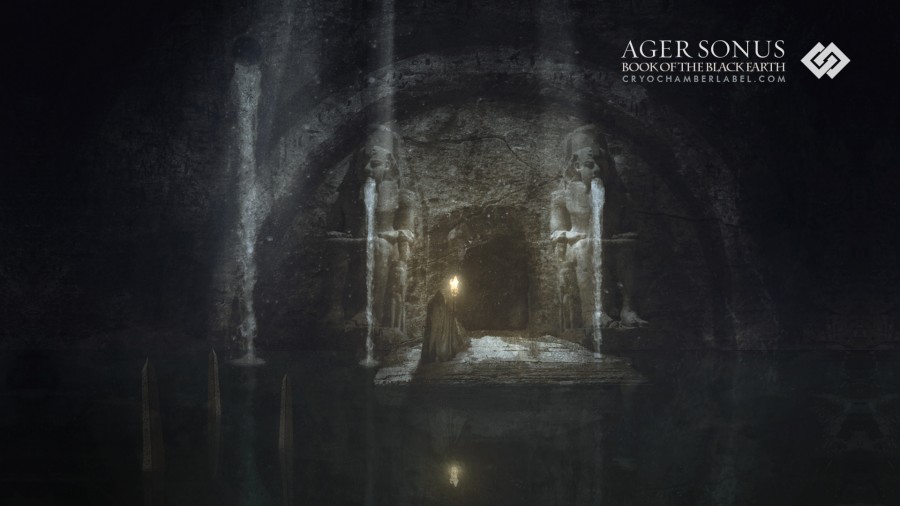
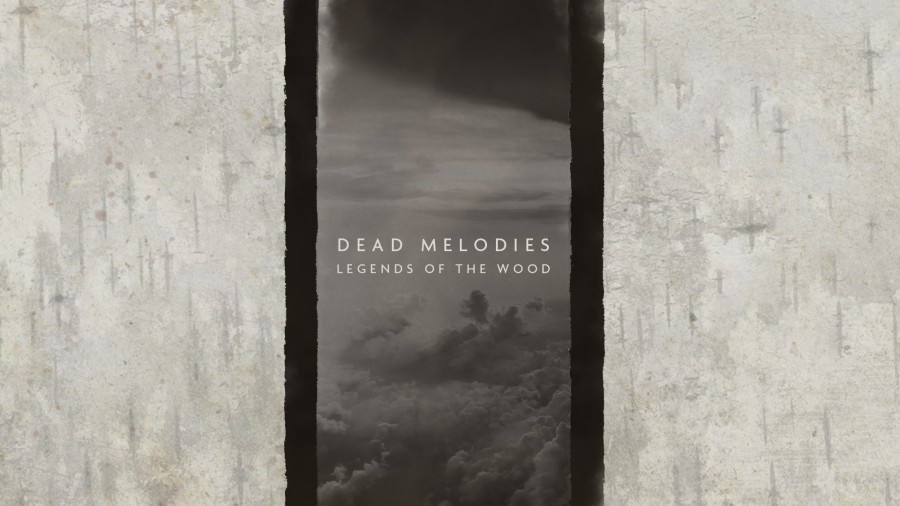
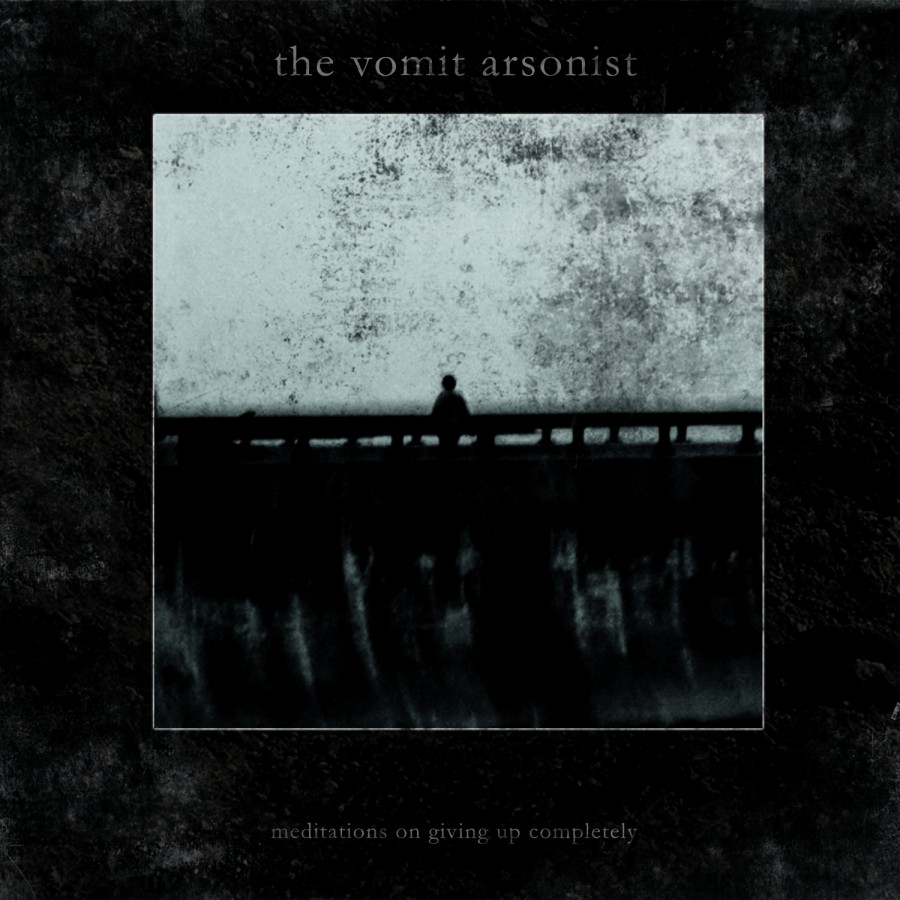
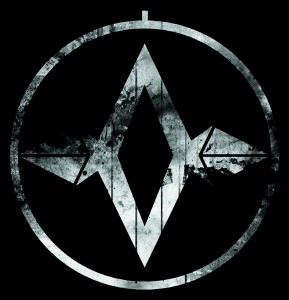 Meditations on Giving up Completely is quite possibly the best work to date by The Vomit Arsonist, bringing forth all the forms of aural assault that Grant has honed over the years. The result is close to perfection of the death industrial sound.
Meditations on Giving up Completely is quite possibly the best work to date by The Vomit Arsonist, bringing forth all the forms of aural assault that Grant has honed over the years. The result is close to perfection of the death industrial sound.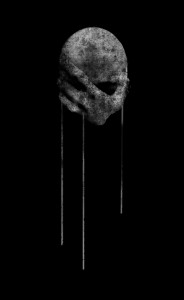 Meditations has a cinematic edge which flows through it. One gets the idea that Grant sees himself as a bystander in the final war, taking cover in the basement as the world tears itself to pieces just outside his door. Yet at the same time, it’s also easy to imagine him as taking to the frontline in this battle. His vocals shouting orders to his followers as an apocalyptic destruction ensues. This dichotomy could be intentional or subliminal, he could be characterizing the views of two seperate people, or showing his own mixed emotions with regards to fighting an internal or external battle.
Meditations has a cinematic edge which flows through it. One gets the idea that Grant sees himself as a bystander in the final war, taking cover in the basement as the world tears itself to pieces just outside his door. Yet at the same time, it’s also easy to imagine him as taking to the frontline in this battle. His vocals shouting orders to his followers as an apocalyptic destruction ensues. This dichotomy could be intentional or subliminal, he could be characterizing the views of two seperate people, or showing his own mixed emotions with regards to fighting an internal or external battle. The Vomit Arsonist should find the acceptance of many varied listener bases with this release. For death industrial fans, there is everything to love about this sonic assault. There is very little downtime and from the vocals to the booming bass The Vomit Arsonist delivers with perfection. Dark ambient fans of the strictest sense will find Meditations to be a bit overwhelming and a bit too loud, but those on the periphery who love blending of styles and a harsher edge to their soundscapes will welcome Meditations happily. Even moving into the power electronics and industrial scenes, Meditations should hold its own, standing up to the greatest of critiques.
The Vomit Arsonist should find the acceptance of many varied listener bases with this release. For death industrial fans, there is everything to love about this sonic assault. There is very little downtime and from the vocals to the booming bass The Vomit Arsonist delivers with perfection. Dark ambient fans of the strictest sense will find Meditations to be a bit overwhelming and a bit too loud, but those on the periphery who love blending of styles and a harsher edge to their soundscapes will welcome Meditations happily. Even moving into the power electronics and industrial scenes, Meditations should hold its own, standing up to the greatest of critiques.
